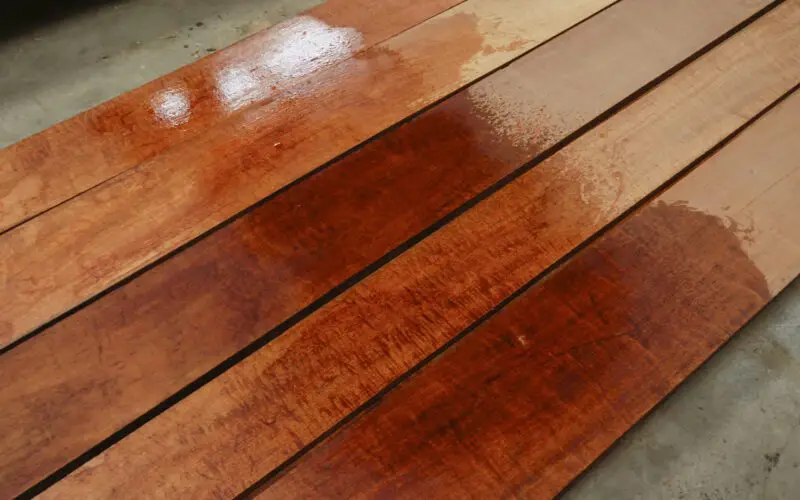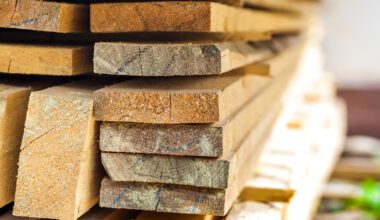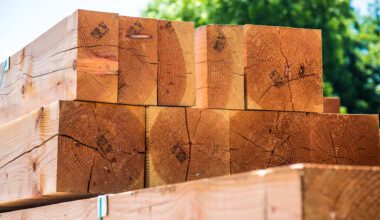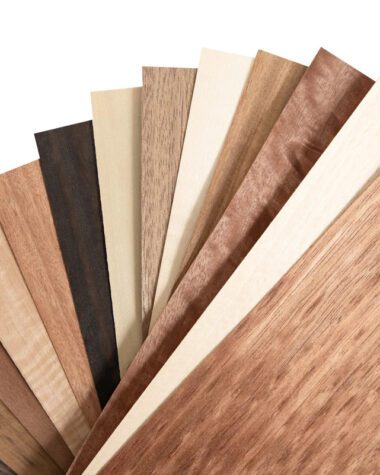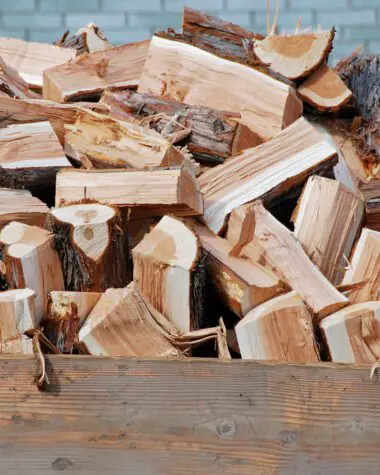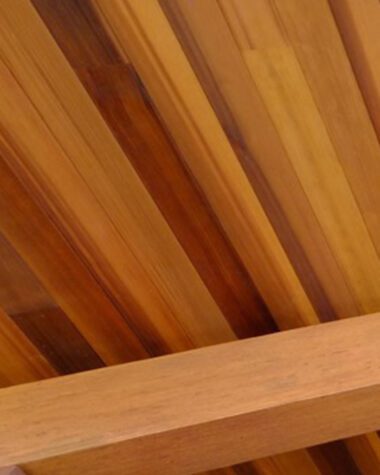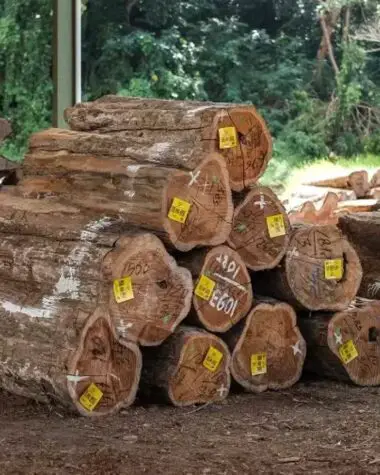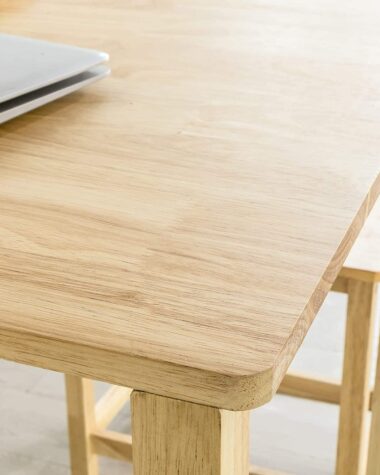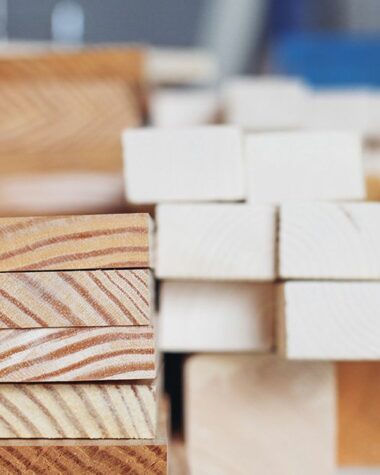Mahogany wood is one of the most precious hardwoods in existence. It comes in rich wood properties and applications. Even though many people adore Mahogany for its strength and beauty, some might be hesitant to buy it because of environmental issues.
According to the Convention on International Trade in Endangered Species (CITES), mahogany trees are threatened or extinct in South America. Hence, without a CITES export license, wood cannot be exported outside of the 164 CITES member nations.
This endeavor aims to protect wood species against the threat of deforestation and safeguard the availability of trees along with the local ecosystem. Before it gets too late for Mahogany, people should put extra care into this and appreciate the features this wood type possesses.
General Properties of Mahogany Wood
Mahogany sands easily because of its straight, even grain. It is a favorite among woodworkers because it is less prone to warping, shrinking, and swelling than other woods and readily accepts stains. These characteristics of mahogany wood make it perfect for veneers, cabinets, and furniture.
The reddish-brown wood darkens and develops a crimson gloss with polishing over time. The most common allergic reactions to mahogany sawdust involve the skin and nasal discomfort.
Due to its density and resistance to rot and decay, Mahogany is used by boat builders. These characteristics make the wood perfect for any application where the wood is exposed to continuous wetness, in addition to its resistance to some insects. Acoustic guitars benefit from the wood’s distinctive, warm tone, which makers of musical instruments value.
The source, species, and quality all affect the cost of mahogany wood. True Mahogany is becoming harder to find, and due to restrictions placed on its export, its cost is rising. The most affordable wood is typically produced on plantations.
Species of Mahogany
According to the FWS, there are three species of Mahogany. Take a look at each of them below.
Honduras mahogany (Swietenia Humilis)
Honduras mahogany can range in hue from a light pinkish-brown to a deep reddish-brown. With time, it gets darker. Working with tools and machines is made considerably simpler by this species.
Bigleaf Mahogany (Swietenia Macrophylla)
Large leaves are a trait of this species (up to 45 cm long). It originates from Central America, Mexico, and South America. Fruits are also provided due to their upward development towards the sky.
American Mahogany (Swietenia Mahogani)
Small leaf mahogany and Cuban Mahogany can be the other names for this species of Mahogany. It mostly dwells in places like The Bahamas, Cuba, Jamaica, Hispaniola, and South Florida in the United States.
Uses of Mahogany wood
In 1724, Mahogany was originally brought to Europe. It spread over time and is currently utilized on a global scale.
Boats
The wood used to construct a boat must be strong, durable, and resistant to rot. Not all types of wood are sturdy enough to be used in boat construction. The boat may become damaged by water and wood shrinkage over time.
Thus, choose a material that can endure bending and rot. For boats, mahogany wood might be an excellent option. Mahogany wood has long been used to make boats.
Flooring
Compared to other types of wood, like oak and pine, mahogany wood is denser. There are no air pockets in this wood. As a result, it becomes effectively scratch-free and water-resistant. Also, the dark tone of its wood makes it always appear clean and free of dust.
It is the most preferred wood for flooring because of its attractiveness. The main benefit of flooring is that it complements all other furniture in your rooms and creates lovely patterns.
Plywood Veneers
Mahogany plywood looks fantastic and appears to be made of actual wood. Mahogany plywood is more durable than real wood. Since it is more flexible than solid wood, mahogany plywood can support more weight without breaking because of its flexibility.
Other Hardwood Types
- Ipe Wood– It is also called Brazilian walnut or ipe (pronounced e-pay) wood decking. It is a stunning exotic wood from Central and South America.
- Koa Wood– Koa wood is native to Hawaii and can only be harvested from the islands which is why it is very expensive.
- Poplar Wood– Poplar wood may not be as strong as other hardwoods but by treating and using different techniques, poplar wood can be worthwhile and cost-effective.
- Rubber Wood– Rubber wood has many outstanding qualities. It is durable, resilient and is eco-friendly. These qualities make it a good wood material for furniture and for home use.
- Sapele Wood– Of all the wood varieties, sapele is known for its natural beauty and its unique wood grains which may interlock in a ribbon-like pattern.
- Cherry Wood– No one can deny the amazing qualities of cherry wood, which could be the reason why wood enthusiasts cherish it the most.
- Teak Wood– There are countless reasons why teak wood is prized for its value.
Key Takeaways
It is saddening to know that using mahogany costs environmental concerns. Fortunately, it is still good to know that Mahogany wood is exceptional compared to other wood types. The mere fact that it is becoming endangered cannot compare to the notion that this wood is as useful as other woods on this planet.
